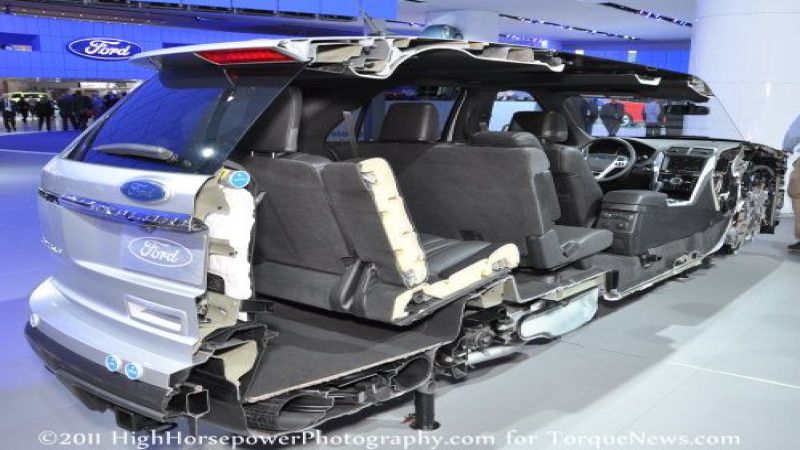The program introduces new advanced steel grades and manufacturing technologies to the industry's advanced high-strength steel (AHSS) portfolio never before seen in steel industry projects.
Over the past decade, automakers' use of AHSS has outpaced the growth rate of competing materials, including Carbon Fiber Resin Polymers (CFRP), making it the fastest growing automotive lightening material, according to Ducker Worldwide.
The Steel Market Development Institute (SMDI) continues to research new steel products to aid auto manufacturers in meeting stringent federal fuel economy and emissions requirements.
"Despite the rapid growth, we are just scratching the surface on steel lightweighting," Ronald Krupitzer, vice president, automotive market for SMDI, said. "And while automakers increase their use of today's suite of AHSS materials, we are working on the next generation."
"Weight reduction will be important to these newly designed powertrains. Car manufacturers will use structural mass reduction to reduce battery and motor sizes," he continued. "Therefore, the choice of material will become critical. The steel industry has met the challenge of affordable weight reduction, safety and environmental responsibility for the last 10 years. Implementing FSV project results will continue this commitment over the next 10 to 15 years."
Cars can be made lighter in many ways, including changing anything in the car. Lighter seats, for example, make a vehicle lighter. If you’ve ever driven a MINI, you know what lightweight can do for performance and, obviously, a lighter car will accelerate and come to a stop quicker.
Meanwhile, the Office of Industrial Technologies, Energy Efficiency and Renewable Energy is providing data to steel companies and auto manufacturers on what happens to lightweight steel structures in impacts. In addition, they study steel production techniques while further enhancing the structural design process.
They also predict the use of lightweight steel in automobiles will save .37 quad of energy by 2020.
A quad is a unit of energy equivalent to any one of the following:
• 8,007,000,000 gallons (US) of gasoline
• 293,083,000,000 kilowatt-hours (kWh)
• 36,000,000 Metric tons of coal
• 970,434,000,000 cubic feet of natural gas
That’s a lot power savings any way you look at it.
Add these efforts to ever more efficient engines, electric vehicles, hybrids and other technological advances and you can almost see the streets turning greener.










